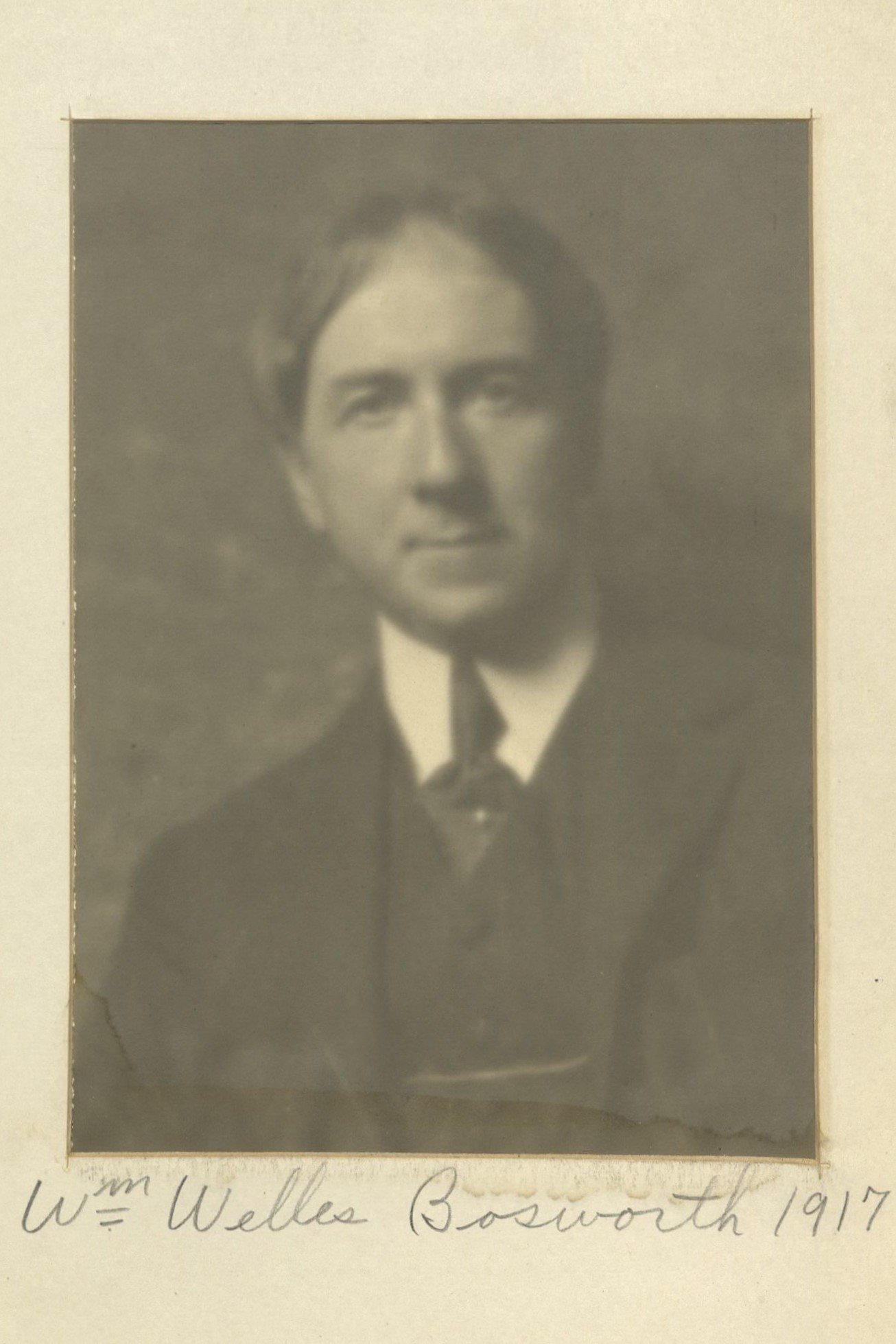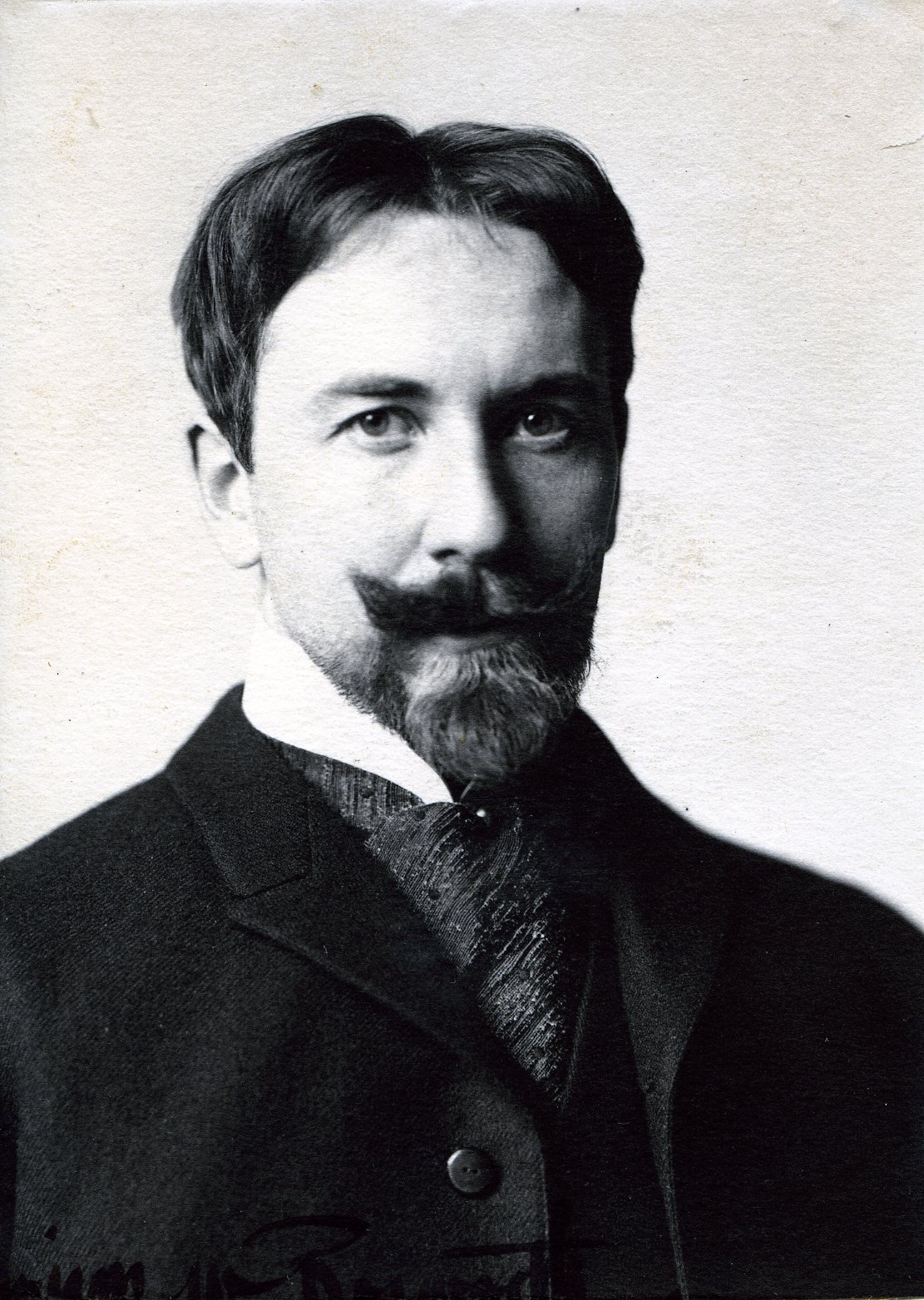Architect
Centurion, 1902–1966
Born 8 May 1869 in Marietta, Ohio
Died 3 June 1966 in Vaucresson, France
Buried Cimetière du Père Lachaise , Paris, Île-de-France, France
, Paris, Île-de-France, France
Proposed by William Reed Huntington and John M. Carrère
Elected 6 December 1902 at age thirty-three
Seconder of:
Century Memorial
A Centurion for sixty-four years, Welles Bosworth had lived and worked in France since the Second World War devoting his architectural talent and experience to the restoration of damaged buildings. The people of Vaucresson where he lived and of the town of Vimoutiers which he helped restore after a destructive air raid had made him an “honorary citizen.” His earlier restorations which included Rheims cathedral, a victim of shelling in the First World War, Versailles, and Fontainebleau and the cottage retreat of Marie Antoinette, had given him abundant practice in the difficult techniques of repair and rebuilding. In the United States, he had designed the American Telephone building in New York and the home of John D. Rockefeller in Pocantico Hills and Centurion John D. Rockefeller, Jr.’s house in New York. He had also planned the grouping of buildings, courts, canals, and lake for the Pan-American Exposition at Buffalo, the landscape architecture of Stanford University, and the cam pus of the Massachusetts Institute of Technology.
William Welles Bosworth was born in Marietta, Ohio, in 1869, was educated at M.I.T. and at the École des Beaux Arts in Paris. He practiced with Carrère and Hastings in New York. Among his honors were the French Legion of Honor and the Cross of the Commander of the Order of Arts and Letters. He was a fellow of the American Institute of Architects.
Welles Bosworth was thirty-three when he was elected to The Century. He remembered that there was one vote against him because of his youth, though how he thus penetrated the sacred mysteries of the Committee on Admissions he did not tell.
Roger Burlingame
1967 Century Association Yearbook


